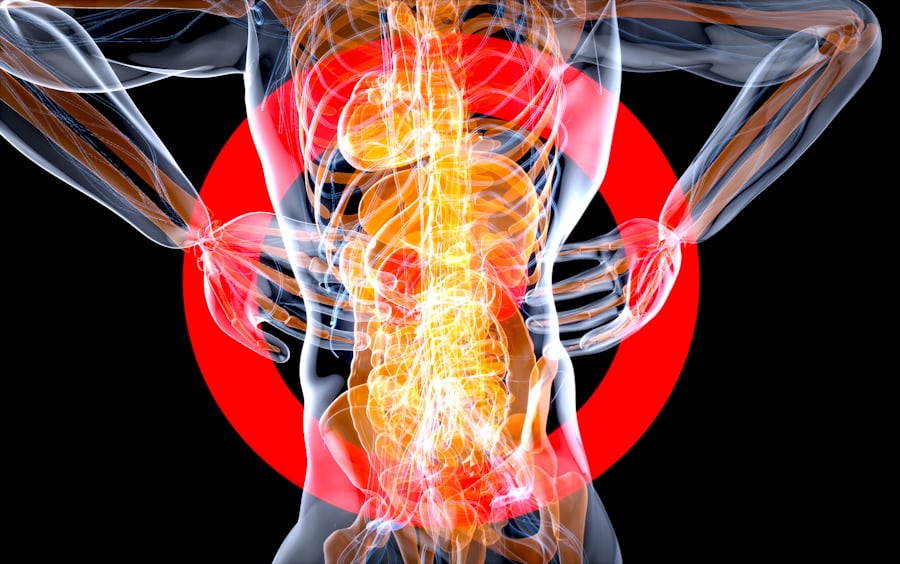Not All Kidney Stones Require Treatment, Many Pass on Their Own
A significant number of kidney stones, particularly those that are small and do not cause symptoms, may not require medical or surgical intervention and can often pass through the urinary system with conservative management. The necessity of treatment largely depends on the stone’s size, location, type, and the severity of the symptoms it produces.
Many individuals with small kidney stones may not even be aware of them until they are discovered incidentally during imaging for other medical reasons. These asymptomatic stones are often monitored by a healthcare professional to ensure they do not grow or cause future problems.
For small, symptomatic stones, the primary approach is often conservative management. This typically includes:
Increased Fluid Intake: Drinking plenty of water (around 2 to 3 liters per day) helps to dilute the urine and flush out the stones.
Pain Management: Over-the-counter pain relievers like ibuprofen or naproxen sodium can help manage the discomfort associated with passing a stone.
Medical Expulsive Therapy: In some cases, doctors may prescribe medications, such as alpha-blockers, which relax the muscles in the ureter, helping the stone to pass more quickly and with less pain.
When is Treatment Necessary?
Medical intervention becomes necessary when kidney stones are:
Large: Stones that are too large to pass on their own (typically greater than 5 millimeters) may become lodged in the ureter, causing significant pain and blocking the flow of urine.
Causing Severe Pain: Intense, unrelenting pain that cannot be managed with oral medication often requires medical attention.
Obstructing the Urinary Tract: A blockage can lead to complications such as kidney damage or infection.
Associated with Infection: Symptoms like fever, chills, and painful urination in conjunction with a kidney stone necessitate prompt medical treatment to prevent a more serious infection.
Treatment Options for Problematic Stones
When treatment is required, several options are available, ranging from non-invasive procedures to surgery:
Extracorporeal Shock Wave Lithotripsy (ESWL): This common procedure uses sound waves to break the stones into smaller, passable fragments.
Ureteroscopy: A thin, flexible scope is inserted through the urethra and bladder to reach the stone. The urologist can then either remove the stone with a basket-like device or break it up with a laser.
Percutaneous Nephrolithotomy (PCNL): For very large or complex stones, a small incision is made in the back to directly access and remove the stone from the kidney.
The type of kidney stone also plays a role in long-term management and prevention. Analysis of a passed or removed stone can help identify its composition (e.g., calcium oxalate, uric acid, struvite, cystine), allowing for targeted dietary recommendations and medications to reduce the risk of future stone formation.
In conclusion, while the thought of a kidney stone can be alarming, it is important to understand that not all cases demand immediate or invasive treatment. Many can be managed effectively with simple, at-home measures under the guidance of a healthcare provider. The decision to treat is a clinical one, based on a thorough evaluation of the individual’s specific circumstances.


